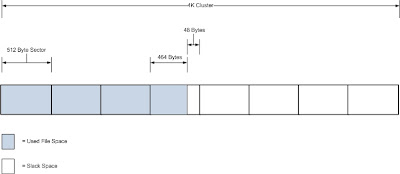- A constant numerical or text value used to identify a file format or protocol; for files, see List of file signatures
- Distinctive unique values that are unlikely to be mistaken for other meanings (e.g., Globally Unique Identifiers)
- Unique values with unexplained meaning or multiple occurrences which could (preferably) be replaced with named constants
Magic numbers in files
Magic numbers are common in programs across many operating systems. Magic numbers implement strongly typed data and are a form of in-band signaling to the controlling program that reads the data type(s) at program run-time. Many files have such constants that identify the contained data. Detecting such constants in files is a simple and effective way of distinguishing between many file formats and can yield further run-time information.
For Examples :
- JPEG image files begin with FF D8 and end with FF D9. JPEG/JFIF files contain the ASCII code for "JFIF" (4A 46 49 46) as a null terminated string. JPEG/Exif files contain the ASCII.
- GIF image files have the ASCII code for "GIF89a" (47 49 46 38 39 61) or "GIF87a" (47 49 46 38 37 61)
- PNG image files begin with an 8-byte signature which identifies the file as a PNG file and allows detection of common file transfer problems: \211 P N G \r \n \032 \n
- PDF files start with "%PDF" (hex 25 50 44 46).
more than : http://en.wikipedia.org/wiki/Magic_number_(programming)




No comments:
Post a Comment